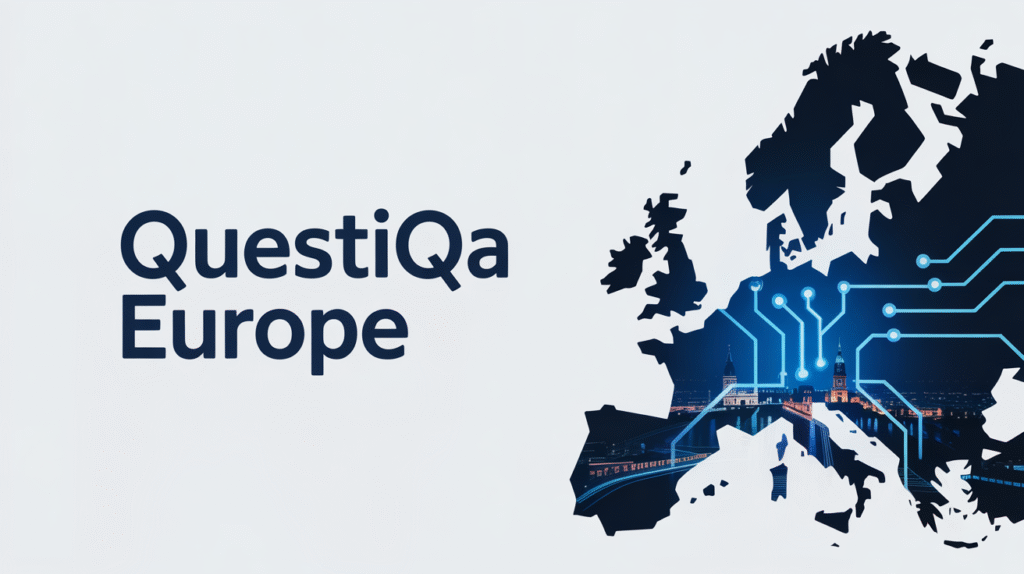Summary – A cultural divide over serving ice in water highlights transatlantic differences in drinking customs and environmental awareness.,
Article –
A cultural divide over the practice of serving ice in drinking water has sparked a transatlantic debate, highlighting differences in customs, environmental awareness, and consumer expectations between the United States and Europe.
What Happened?
In discussions across the Atlantic, a notable difference emerged: Americans typically expect ice in their water, while many Europeans prefer drinking water without ice. This divergence reflects broader cultural traditions and environmental considerations.
Who Is Involved?
The debate involves general American and European populations, influenced by historical, cultural, and environmental factors. Social habits in restaurants, hospitality, and domestic settings in both regions shape the ongoing conversation.
Timeline and Sequence of Events
The difference has roots in history and commerce. In the US, the commercial ice industry grew from the late 19th century, making ice widely available. Conversely, many European countries focused on the purity of tap water, reducing the need for ice. Social media and travel experiences brought this contrast to light in 2024.
Key Factors Underlying the Debate
- American Preference: A cultural liking for chilled beverages and reliance on commercial ice production.
- European Approach: High-quality tap water often consumed at ambient or cool temperatures, and environmental concerns about the energy costs of ice production.
Verified Statements and Perspectives
- European consumer groups: “The quality of tap water across much of Europe means ice is often unnecessary.”
- US hospitality experts: “Ice is a standard expectation and a marker of good service.”
Immediate Consequences
Increased awareness among travelers and hospitality sectors has led European businesses to clarify ice availability, while US consumers are noting environmental impacts associated with ice use.
European Reactions
European Union environmental agencies emphasize the energy consumption of ice production and promote sustainable service practices, while public health authorities reaffirm the safety of tap water.
What Comes Next?
The debate is likely to foster:
- Greater adaptation and clear communication by establishments to accommodate diverse preferences.
- Consideration of sustainable refrigeration and energy use guidelines, especially in the EU.
Concluding Outlook
As international travel and cultural exchanges grow, understanding and respecting regional differences—such as drinking water preferences—will be crucial. Service providers may adopt more flexible practices that balance customer expectations and environmental responsibilities.

More Stories
Cultural Divide Over Ice in Water Sparks Transatlantic Debate
Ice in Water: A Cultural Divide Between Europe and America Sparks Discussion
Cultural Divide Over Ice in Water Highlights Transatlantic Differences